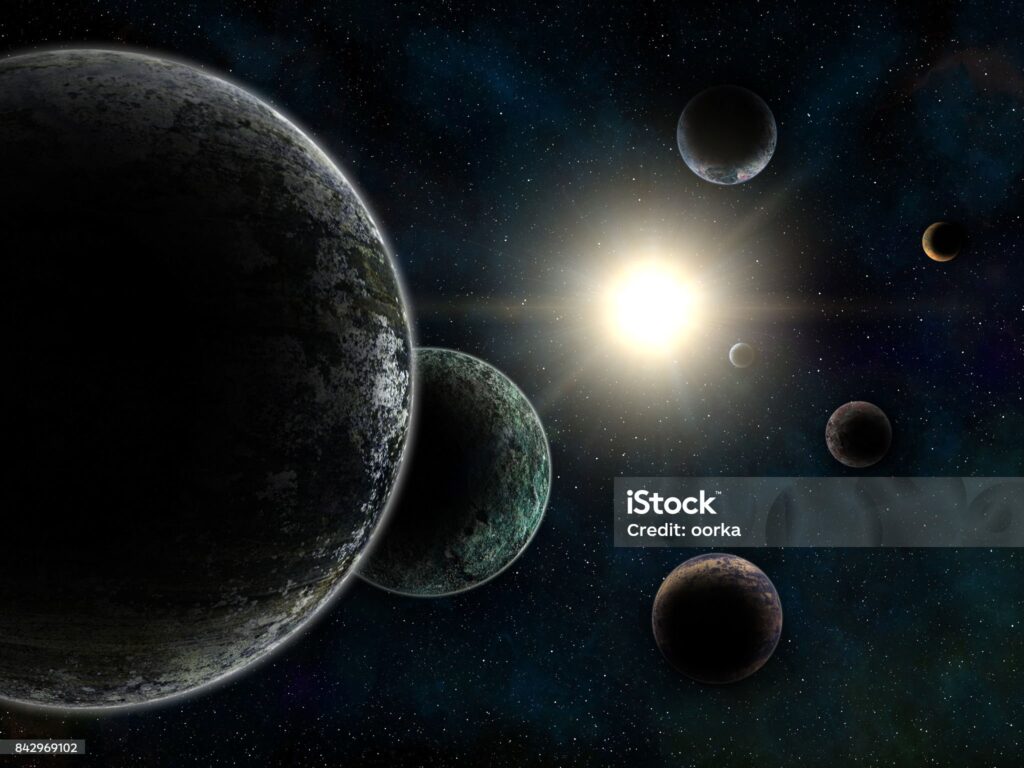Table of Contents
ToggleDiamond Exoplanet: A Fascinating World Beyond Our Solar System
Explore the incredible journey of 55 Cancri e, a diamond exoplanet located 41 light-years away. Learn how this scorching hot world defied its star, grew a second atmosphere, and captured the attention of astronomers using the James Webb Space Telescope.

© Provided by Space
Diamond Exoplanet Unveiled
Imagine a world where the ground beneath your feet is not just solid rock, but possibly composed of sparkling diamond. Welcome to the intriguing realm of 55 Cancri e, a diamond exoplanet located a staggering 41 light-years away from Earth. This remarkable celestial body has captured the imagination of scientists and stargazers alike, offering a glimpse into the exotic landscapes of distant worlds.
Lost and Found: The Story of 55 Cancri e
At first glance, 55 Cancri e may seem like a typical rocky exoplanet, but its unique characteristics set it apart from the rest. With a width nearly twice that of Earth and a mass nine times greater, it earns the classification of a “super-Earth.” But what truly distinguishes this cosmic gem is its composition. Scientists speculate that 55 Cancri e is predominantly made of carbon, compressed under extreme pressure to form diamond.
A Perilous Orbit
Nestled perilously close to its sun-like star, 55 Cancri A, this exoplanet experiences temperatures hot enough to melt metal. Orbiting its host star at a distance just 0.01544 times that of Earth to the sun, 55 Cancri e completes a full revolution in a mere 17 Earth hours. With surface temperatures soaring to around 4,400 degrees Fahrenheit (2,400 degrees Celsius), it’s no wonder this diamond exoplanet is known as a scorching hot lava world.
Stripped Bare: Losing an Atmosphere
The relentless radiation from its nearby star has stripped 55 Cancri e of its original atmosphere, leaving it barren and exposed. Like other rocky planets in close proximity to their stars, 55 Cancri e underwent the process of atmospheric erosion, losing its primary envelope of gases over time.
A Surprising Revelation: Growing a Second Atmosphere
However, recent observations made using the James Webb Space Telescope have unveiled a remarkable discovery. Despite its turbulent past, 55 Cancri e has managed to grow a second atmosphere, defying the odds and capturing the attention of astronomers around the world.
Unveiling the Mystery: How Did 55 Cancri e Defy Its Star?
The quest to unravel the mystery of 55 Cancri e’s secondary atmosphere led scientists to explore two intriguing scenarios. One possibility suggests that the exoplanet may possess a thin, vaporized silicate atmosphere, composed of volatile compounds that survived the onslaught of stellar radiation. Alternatively, the planet could have generated a thick secondary atmosphere through volcanic activity, replenishing its gaseous envelope over time.
© Provided by Space
A Closer Look: Insights from the James Webb Space Telescope
To shed light on this cosmic enigma, researchers analyzed data from the James Webb Space Telescope, focusing on the phenomenon known as a secondary eclipse. By observing 55 Cancri e as it passed behind its host star, scientists were able to gather crucial information about its atmospheric composition and structure.
Unlocking the Secrets: The Role of Volcanism
One intriguing theory proposes that 55 Cancri e’s molten surface played a pivotal role in the formation of its secondary atmosphere. The intense heat radiating from its star keeps the planet’s surface in a constant state of molten lava, facilitating the outgassing of gases from its rocky interior. As these gases escape into the exosphere, they contribute to the formation of a thick atmospheric layer, shrouding the planet in mystery.
Deciphering the Composition: What Lies Within?
While the exact composition of 55 Cancri e’s secondary atmosphere remains a subject of debate, scientists speculate that it may contain a mix of carbon dioxide, carbon monoxide, and other volatile compounds. The composition of the planet’s rocky interior will ultimately determine the chemical makeup of its atmosphere, offering tantalizing clues about its origins and evolution.
Beyond 55 Cancri e: Exploring New Horizons
As astronomers continue to unravel the mysteries of 55 Cancri e, they are left pondering the implications for other rocky exoplanets in close proximity to their host stars. Could these scorching hot worlds also harbor secondary atmospheres, or is 55 Cancri e truly unique in its ability to defy its star?
Looking Ahead: The Promise of Future Exploration
The groundbreaking discoveries made possible by the James Webb Space Telescope have opened new avenues of exploration, offering unprecedented insights into the distant worlds beyond our solar system. As scientists look towards the future, they are eager to expand their understanding of exoplanetary atmospheres and unlock the secrets of these alien worlds.
Conclusion
In the vast expanse of the cosmos, 55 Cancri e stands as a testament to the boundless wonders awaiting discovery. From its diamond-studded surface to its enigmatic secondary atmosphere, this distant exoplanet continues to captivate our imagination and inspire scientific inquiry. As we peer deeper into the cosmos, who knows what other cosmic treasures await us, just waiting to be unveiled.
ALSO READ:
“Asteroid Rotation: 5 Astonishing Revelations That Will Amaze You!”